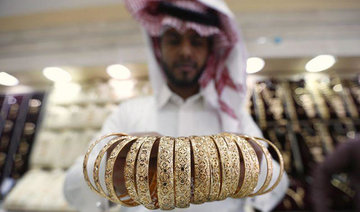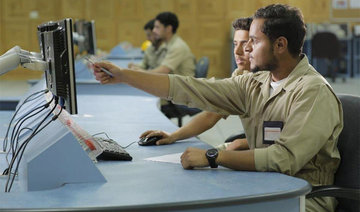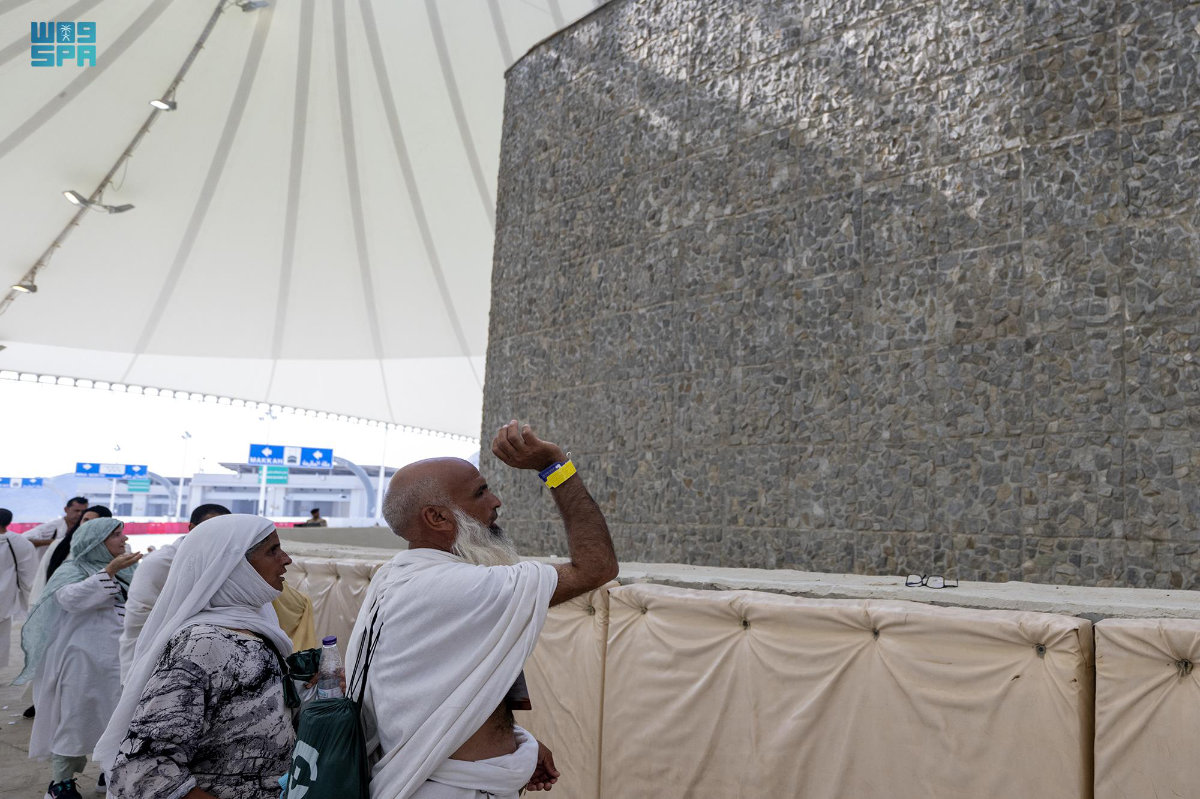For more than 80 years, Baker Hughes, a General Electric Co. (BHGE), has played a key role in the Kingdom’s oil and gas supply chain ecosystem. It celebrated a new milestone in Saudi Arabia when its drill bit manufacturing plant in Dhahran produced more than 10,000 drill bits since the plant first started production in 2011. This is one main manufacturing plant that not only covers local needs, but also the only plant in the Kingdom to export to the world.
While about 36 percent of the polycrystalline diamond compact (PDC) drill bits are supplied to Saudi Aramco, the other 64 percent are exported to 41 countries including the US, China, India, Russia, Argentina, the UK, Kenya, Egypt, Thailand, Indonesia, Malaysia, and Australia.
The plant is also considered the first ever to manufacture drill bits locally and from scratch in the Middle East.
The facility has reached 73 percent Saudization, which highlights BHGE’s emphasis on sponsoring Saudi talent and creating high-quality jobs for nationals.
 “I joined the facility as an engineer in this plant and today I am the manager of it,” Mohammed Almutlaq, the facility manager, told Arab News. All of these efforts underline BHGE’s commitment to strengthening localized manufacturing and boosting exports in alignment with Saudi Vision 2030. When it comes to Saudi female presence in the oilfield within the company, Almutlaq said: “Last year, around 40 Saudi female professionals were hired, including 10 engineers,” he added.
“I joined the facility as an engineer in this plant and today I am the manager of it,” Mohammed Almutlaq, the facility manager, told Arab News. All of these efforts underline BHGE’s commitment to strengthening localized manufacturing and boosting exports in alignment with Saudi Vision 2030. When it comes to Saudi female presence in the oilfield within the company, Almutlaq said: “Last year, around 40 Saudi female professionals were hired, including 10 engineers,” he added.
“We are planning to double the number next year as there will be an expansion in the plant where a big number of Saudi females will join us as engineers and quality-control inspectors. We do not want to limit ladies to administrative and office roles like human resources, accounting or finance. On the contrary, we aim to open up opportunities for Saudi professional ladies.”
On the same note, Rayed Eskandrani, who served as the human resources talent manager and is now sales and marketing manager, said: “Along with the Dharhan facility, we have the research and technology center in KFUPM Dhahran Techno-Valley which integrates the competencies of engineers and scientists from the Saudi oil and gas industry.
“There are Saudi female professionals working in labs; creating and inventing new products that serve our customers in the most efficient way. We recruit specialized PhD holders who conduct research and make inventions that carry their names.”
He added: “Even though the percentage of females to males in our company is almost 5 percent and it keeps gradually increasing, we are proud to have the first Saudi female drilling engineer who joined us two years ago to be part of the BHGE family. Saudi females have proved how competent they are, no matter what field they choose.
“For instance, our female drilling engineers, who were well trained, went to different oilfields in different locations, including Oman, Norway and the US. The ones who went to the US on assignments have been given offers to stay with the company’s US team owing to their proficiency and competence. These professional ladies have wowed whoever they work next to.”
































